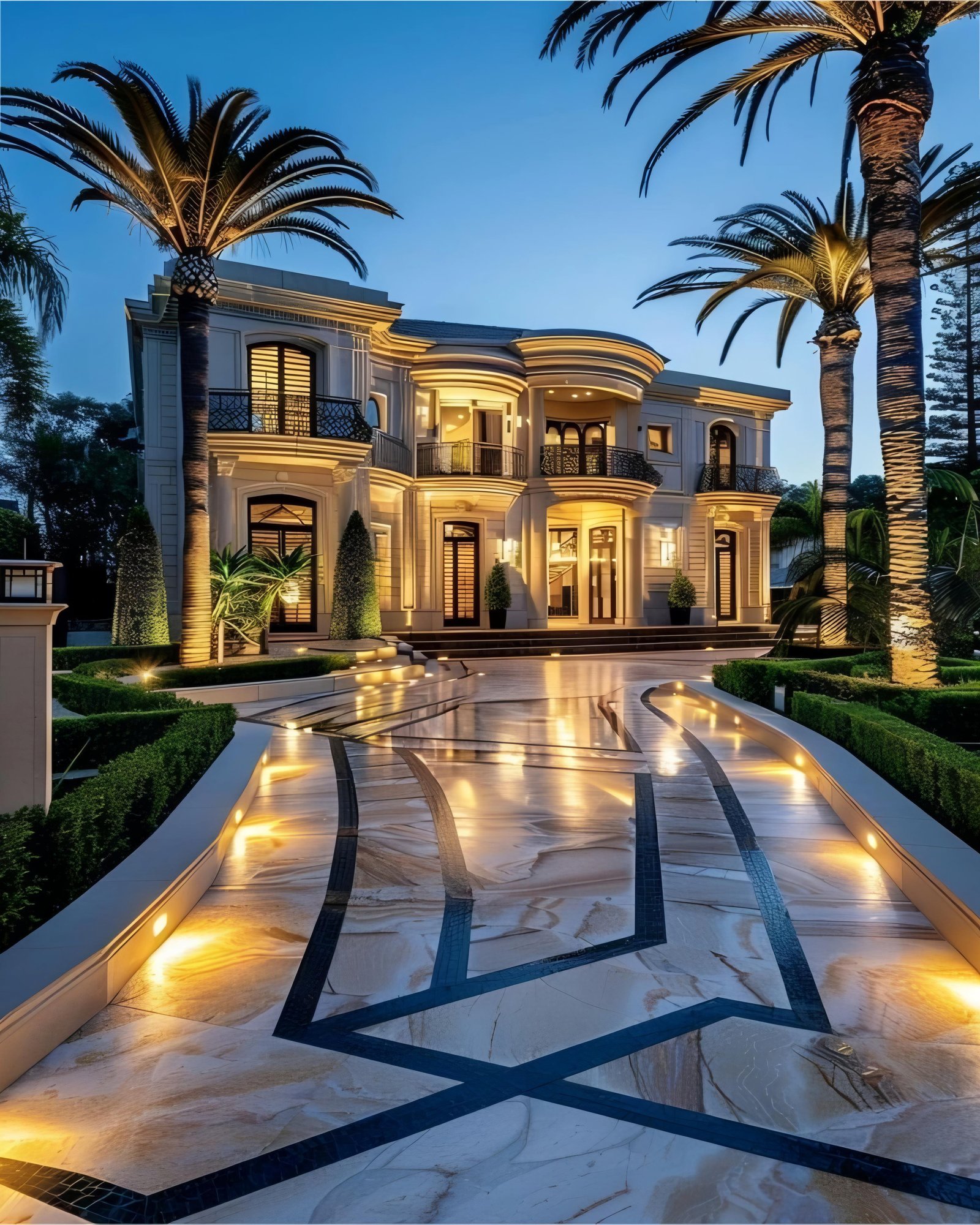
The Rise of Co-Living and Co-Working Spaces: Catering to a New Demographic
What is Co-Living?
Co-living refers to a housing arrangement where residents share common spaces—such as kitchens, lounges, and recreational areas—while retaining private bedrooms. This model is especially appealing to younger professionals, entrepreneurs, and digital nomads who prioritize experiences over square footage. It offers cost-effective living in prime locations, allowing residents to split rent and utilities while enjoying high-quality furnishings, flexible lease terms, and abundant opportunities for networking and friendship.
In Dubai, co-living properties often come fully furnished and serviced, reducing the hassle of setting up utilities or purchasing household items. Tenants can move in with just a suitcase and settle immediately, making these arrangements ideal for expatriates or individuals moving to the city for new job opportunities.
The Co-Working Revolution
Just as co-living responds to changing housing preferences, co-working spaces address the evolving nature of work. Traditional offices with long leases and fixed layouts have given way to agile environments where freelancers, startups, and even established companies share open office areas, meeting rooms, and communal lounges. By paying a membership fee, professionals gain access to state-of-the-art facilities, conference areas, and networking events without the burden of a long-term rental agreement.
In Dubai, these co-working hubs are not limited to office towers in the central business district. Many suburban communities and mixed-use developments now incorporate co-working lounges, enabling residents to find professional environments close to home. As remote work and flexible scheduling become mainstream, co-working spaces fit neatly into this new professional landscape, blurring the lines between where we live, work, and socialize.
Who Benefits from Co-Living and Co-Working?
The primary demographic embracing these new models are millennials and Gen Z professionals, though the appeal is not limited by age. Anyone who values community, flexibility, and cost savings can benefit. International freelancers, consultants, entrepreneurs launching startups, and even larger corporations testing new markets can leverage co-working memberships. Similarly, recent graduates, young couples not ready to commit to a mortgage, or individuals relocating for short-term projects find co-living solutions attractive.
For investors, these emerging segments represent a fresh market opportunity. Properties designed for co-living can command stable occupancy rates, as tenants appreciate turnkey solutions and communal amenities. Meanwhile, partnering with co-working operators or integrating co-working areas within residential developments enhances the property’s appeal, potentially increasing rental yields and resale value.
Community Building and Social Interaction
Beyond economics, co-living and co-working emphasize community building. In co-living complexes, shared kitchens, lounges, and event spaces cultivate meaningful interactions among residents. Monthly workshops, fitness classes, and cultural events turn these communal areas into vibrant social hubs. Tenants form friendships, collaborate on projects, and create a support network that eases the challenges of urban living.
Co-working spaces similarly foster camaraderie. Networking events, startup pitch nights, industry meetups, and professional development workshops connect individuals who might otherwise never cross paths. Such gatherings lead to partnerships, mentorships, and even client relationships, often accelerating professional growth in ways traditional office environments struggle to replicate.
Strategic Locations and Amenities
Developers and operators understand that location is key. Many co-living and co-working projects are situated near public transportation hubs, retail centers, and leisure facilities. This ensures residents and members have easy access to essentials—groceries, gyms, restaurants—and can enjoy a balanced lifestyle without spending hours commuting.
Moreover, premium amenities differentiate the best co-living and co-working spaces. On-site cafés, rooftop terraces, fitness studios, and even swimming pools can be part of the offering. Co-working areas often provide cutting-edge technology, from high-speed internet and video conferencing tools to dedicated event management services. These value-added features transform these shared environments into destinations rather than mere places to sleep or work.
Regulatory and Market Considerations
As co-living and co-working grow in popularity, regulators and property developers are adapting. Dubai’s authorities recognize the potential of these arrangements to diversify the real estate sector, enhance urban vibrancy, and attract global talent. Zoning laws and building codes evolve to accommodate mixed-use designs that blend residential, commercial, and social spaces under one roof.
While the long-term permanence of co-living and co-working models is yet to be fully tested, their alignment with broader lifestyle and work trends suggests enduring relevance. They offer a more dynamic and socially rich environment, ideal for a world where professional mobility and personal freedom are increasingly valued.
A Market in Motion
By 2025, co-living and co-working have successfully carved out a niche in Dubai’s real estate market, reflecting a global shift toward more flexible, community-oriented living and working arrangements. As these models gain traction, traditional definitions of home and office are reimagined—people no longer need to separate their personal and professional lives as rigidly as before.
In a city celebrated for its innovation, diversity, and cosmopolitan ethos, co-living and co-working are not just trends—they are a response to the evolving needs of a new generation. Investors, developers, and tenants alike can look to these models as symbols of a more fluid, collaborative, and people-centric real estate landscape.




Leave a Reply
Comments